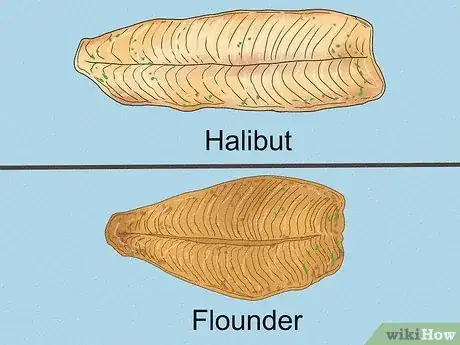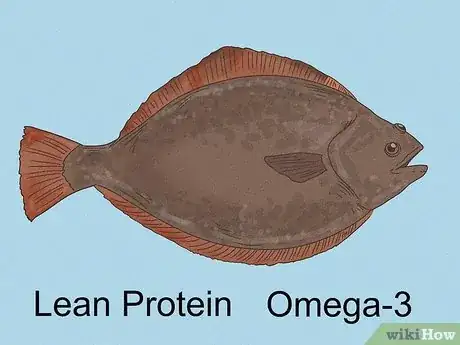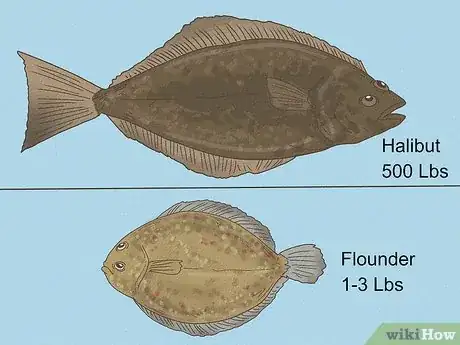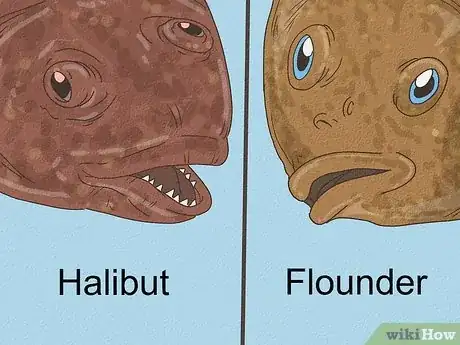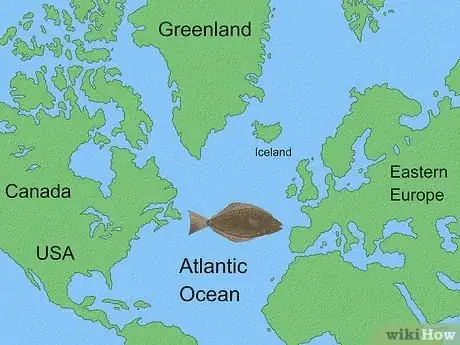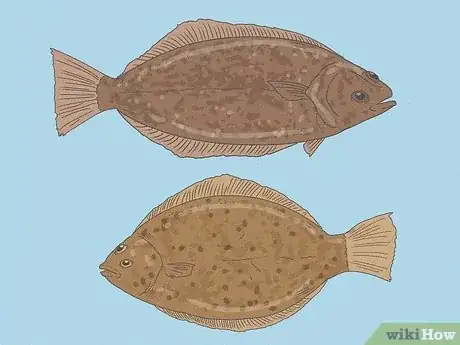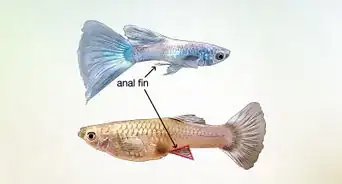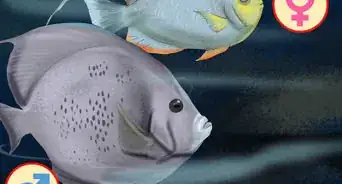This article was co-authored by Jennifer Levasseur. Chef Jennifer Levasseur is a Personal Chef and the Owner of The Happy Cuisiniere based in Breckenridge, Colorado. She has over 12 years of culinary experience and specializes in Mountain and Contemporary Rustic cuisine. Moreover, she can craft dishes and modify menus to accommodate dietary restrictions, such as gluten-free, vegetarian, vegan, pescatarian, and dairy-free diets. In addition to a Bachelor’s degree in Marketing and Management from the University of Houston, Chef Jennifer holds Associate’s degrees in Culinary Arts and Baking & Pastry Arts from Houston Community College.
There are 22 references cited in this article, which can be found at the bottom of the page.
You’re trying to purchase a juicy flatfish for dinner, but you’re stuck between halibut and flounder. Both look tender and flavorful, but which one is better overall? Although halibut and flounder may look similar, they offer different textures and nutritional value. In this article, we’ll go over all the differences between these two flatfish, including taste, appearance, and classification. By the end of this article, you’ll have all the necessary information to choose your next filet!
Things You Should Know
- Flounder and halibut taste similar, but flounder has a more delicate, flaky texture. Unlike flounder, halibut has a firmer texture that holds up on the grill.
- Overall, halibut is healthier and leaner than flounder. It’s packed with lean protein and omega-3s, ideal for weight loss.
- Frozen fish is usually cheaper than fresh fish, and it’s just as nutritious and flavorful.
- Halibut, flounder, and fluke are flatfish species. However, halibut is a type of flounder, while not all flounder and fluke are halibut.
Steps
References
- ↑ https://www.alaskaseafood.org/wp-content/uploads/Halibut_R5b.pdf
- ↑ https://www.alaskaseafood.org/wp-content/uploads/Flatfish_R5.pdf
- ↑ https://blogchef.net/what-does-flounder-taste-like
- ↑ https://www.fda.gov/food/consumers/advice-about-eating-fish
- ↑ https://www.eatthis.com/fish
- ↑ https://www.nationalfisherman.com/gulf-south-atlantic/north-carolina-flounder-prices-rise-but-southern-species-cut-back-to-rebuild-stock
- ↑ https://www.nationalfisherman.com/alaska/surveys-look-promising-for-blackcod-and-halibut
- ↑ https://ecotrust.org/wp-content/uploads/Fresh-Look-at-Frozen-Fish_executive_summary-1.pdf
- ↑ https://www.adfg.alaska.gov/index.cfm?adfg=halibut.main
- ↑ https://mrc.virginia.gov/vswft/angler_guide/angler_web_catch.pdf
- ↑ https://www.fisheries.noaa.gov/species/summer-flounder
- ↑ https://www.alaskaseafood.org/wp-content/uploads/Halibut_R5b.pdf
- ↑ https://caseagrant.ucsd.edu/seafood-profiles/pacific-halibut
- ↑ https://www.fisheries.noaa.gov/species/winter-flounder
- ↑ https://www.adfg.alaska.gov/index.cfm?adfg=halibut.main
- ↑ https://www.dfw.state.or.us/mrp/finfish/sp/flatfish.asp
- ↑ https://royalsocietypublishing.org/doi/10.1098/rsos.160824
- ↑ https://www.amnh.org/explore/ology/marine-biology/crazy-camouflage2
- ↑ https://www.adfg.alaska.gov/index.cfm?adfg=halibut.main
- ↑ https://healthresearchfunding.org/difference-flounder-halibut
- ↑ https://www.mass.gov/service-details/learn-about-atlantic-halibut
- ↑ https://www.fisheries.noaa.gov/species/summer-flounder
- ↑ https://oceana.org/marine-life/summer-flounder
- ↑ https://www.fisheries.noaa.gov/feature-story/cold-water-good-sole
- ↑ https://www.alaskaseafood.org/wp-content/uploads/Flatfish_R5.pdf
- ↑ https://www.adfg.alaska.gov/index.cfm?adfg=halibut.main
- ↑ https://www.mass.gov/service-details/learn-about-fluke
- ↑ https://www.seagrantfish.lsu.edu/pdfs/factsheets/flounder.pdf
